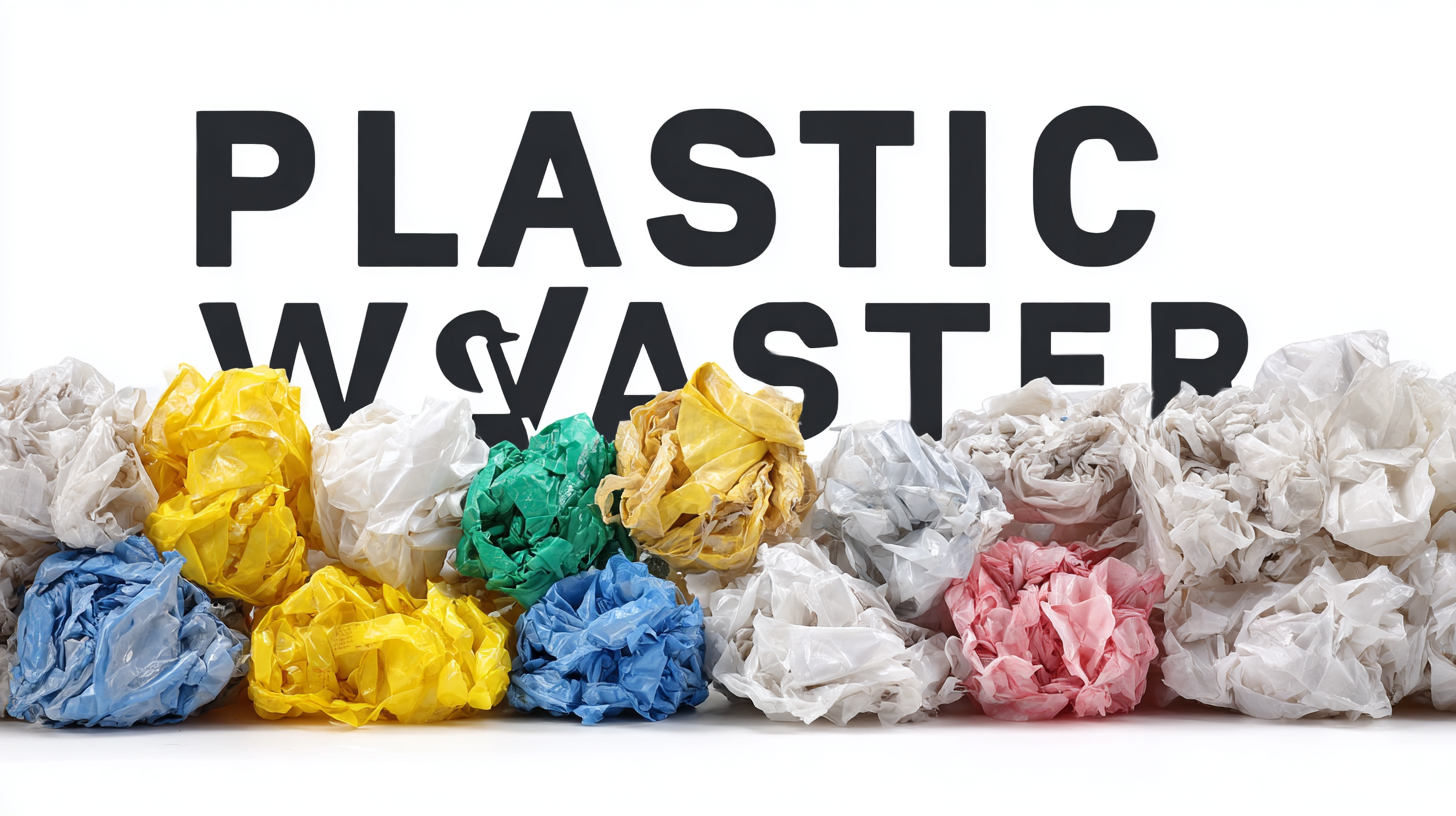In today's rapidly evolving waste management industry, the importance of efficient plastic waste disposal has never been more critical. According to a report by Grand View Research, the global plastic shredder market is projected to reach USD 1.2 billion by 2025, driven by the increasing need for recycling and waste management solutions. As businesses strive to adopt sustainable practices, selecting the right Plastic Waste Shredder becomes essential for optimizing waste processing and reducing environmental impact. This guide will provide you with seven essential tips to help you navigate the options available, ensuring that your investment aligns with your operational needs and sustainability goals. Understanding these factors is vital in a landscape where proper waste management not only contributes to environmental conservation but also enhances corporate responsibility and brand reputation.

When selecting a plastic waste shredder for your business, the first step is to clearly identify your specific needs. Understanding your shredding volume is critical; it allows you to choose a machine that can handle the quantity of plastic waste generated in your operations efficiently. For instance, businesses with high production rates may require industrial shredder models that can process large quantities of material quickly and consistently, while smaller operations might get by with a compact model designed for less frequent shredding.
Equally important is recognizing the types of plastic waste your business produces. Different plastics, such as PET, HDPE, or PVC, have varying properties and might require specific shredding techniques or equipment. By assessing the composition of your plastic waste, you can select a shredder equipped with the appropriate blades and settings to optimize the shredding process. This tailored approach not only boosts operational efficiency but also ensures that the shredded plastic meets industry standards for further processing or recycling. Understanding both your shredding volume and plastic types will lead to a more informed decision, ultimately enhancing your waste management strategy.
When it comes to selecting the best plastic waste shredder for your business, understanding the various technologies available is crucial. Different shredding technologies cater to diverse operational requirements, from single shaft and multi-shaft shredders to granulators and heavy-duty industrial shredders. Each technology has its advantages; for instance, single shaft shredders are known for their efficiency in volume reduction, while granulators are excellent for producing a uniform particle size. Assessing your specific needs will help narrow down the options.
In the context of waste management innovations, the exploration of new technologies for waste disposal, including plastic shredding, plays a significant role in promoting sustainable practices. As highlighted in recent discussions surrounding advancements in waste processing technologies, adopting effective shredding solutions not only enhances recycling efforts but also contributes to environmental conservation. By investing in the right shredder technology, businesses can optimize their plastic waste management, reduce ecological footprints, and align with broader sustainability goals.
When selecting a commercial plastic waste shredder, it’s crucial to consider several key features that can significantly impact operational efficiency. First, look for the shredder's capacity and throughput rate. According to a recent industry report by Smithers, the plastic recycling market is expected to see a compound annual growth rate (CAGR) of 10% from 2021 to 2026. This emphasizes the need for shredders that can handle large volumes of waste effectively.
Another essential feature is the type of blades used in the shredder. High-quality, durable blades made from hardened steel or other resilient materials ensure longer service life and better performance, minimizing downtime for businesses. Many manufacturers now offer customizable blade configurations to suit specific types of plastic, enhancing the shredder's versatility.
Additionally, noise and energy efficiency are increasingly important, especially in urban environments. The latest models are designed to reduce energy consumption by 25% compared to older models, as per data from the Environmental Protection Agency. Opting for units that meet or exceed prevailing energy standards can significantly contribute to sustainability goals while improving the bottom line. By focusing on these key features, businesses can choose shredders that not only meet their needs but also align with future environmental standards.

When considering a plastic waste shredder for your business, budget is a critical factor that influences not just the initial purchase price, but also the overall cost-effectiveness over time. It’s essential to evaluate not only the upfront investment but also the expected operating costs, maintenance, and potential downtime. A shredder that appears cheaper initially might incur higher expenses due to frequent repairs or inefficient operations, leading to lost productivity.
Moreover, think about the long-term savings that a high-quality shredder can provide. Investing in a robust, efficient machine can significantly lower your waste processing costs. For instance, shredders that produce uniform particle sizes can enhance the recycling process, allowing you to procure better rates for your processed materials. Additionally, energy-efficient models may lead to reduced electricity bills, further contributing to your bottom line. Therefore, while it’s tempting to go for the lowest initial price, a strategic approach that weighs long-term savings against initial costs will yield the best results for your business.

When it comes to selecting a plastic waste shredder for your business, researching and comparing brands is essential to ensure you make an informed decision. Start by exploring trusted manufacturers who specialize in waste management equipment. Check their websites for product specifications, performance metrics, and innovation in design. It's also useful to look for certifications and industry standards they meet, as this can give you a clearer picture of their reliability and commitment to quality.
Another critical aspect is to delve into customer reviews and testimonials. Search for feedback across various platforms, including industrial forums and social media. Pay attention to comments about durability, maintenance requirements, and overall satisfaction. Engaging with current users can offer valuable insights into the machine's long-term performance and customer support provided by the manufacturer. By prioritizing both brand reputation and user experiences, you can confidently choose a shredding solution that aligns with your business needs.
| Feature | Description | Importance |
|---|---|---|
| Shredder Type | Determine the type of shredder that best suits the materials you need to process. | Critical |
| Capacity | Evaluate the shredding capacity to ensure it meets your volume requirements. | High |
| Power Consumption | Consider the energy efficiency and average power consumption of the shredder. | Medium |
| Maintenance Requirements | Analyze the ease of maintenance and availability of service support. | High |
| Safety Features | Check for built-in safety protocols to protect operators. | Critical |
| Brand Reputation | Research customer reviews and brand reliability in the market. | High |
| Cost | Evaluate the total cost of ownership including purchase price and operational costs. | Medium |
